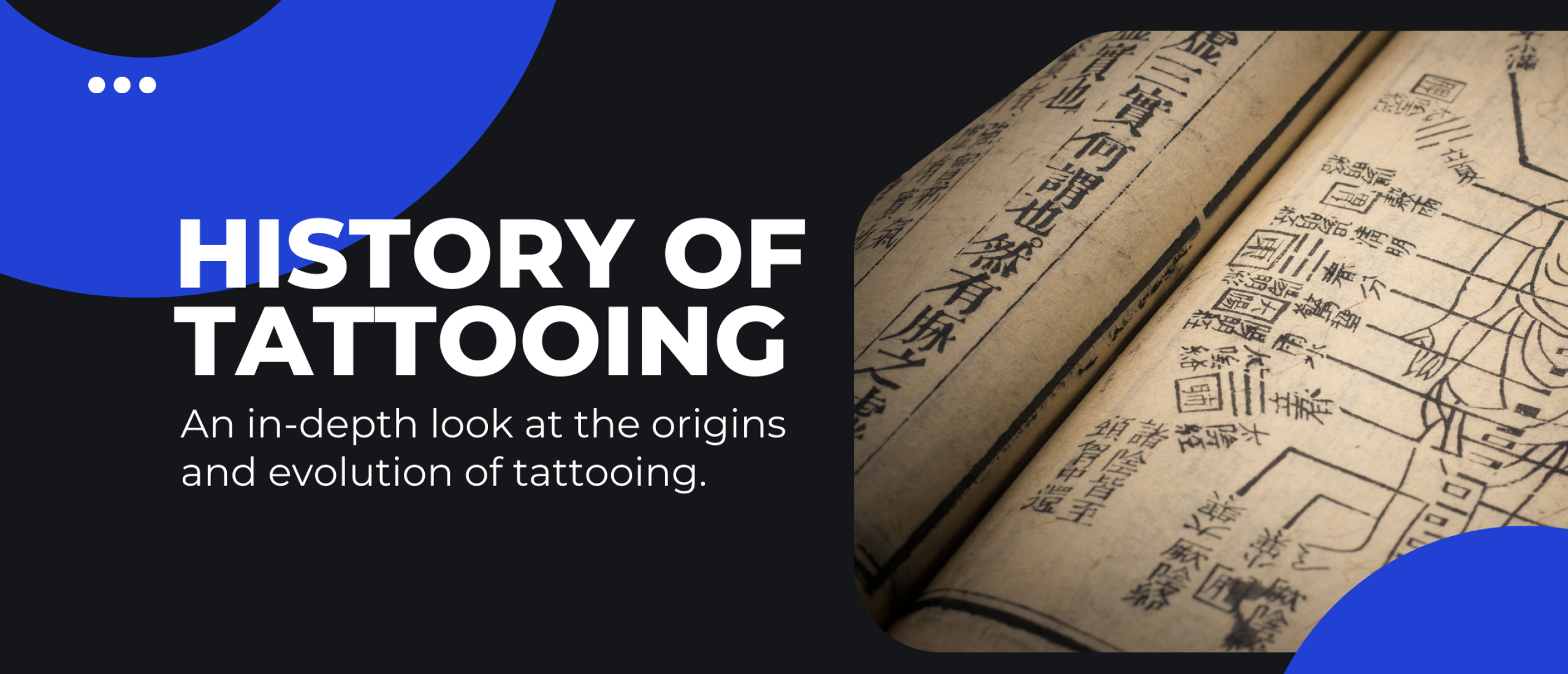
The history and evolution of tattooing
Tattooing is an ancient form of body modification that has been practiced by cultures around the world for thousands of years. While the exact origins of tattooing are difficult to trace, evidence of tattooing has been found in various archaeological sites throughout history, making it clear that it is a universal form of artistic expression that has stood the test of time.
Ötzi the iceman had tattoos
The earliest evidence of tattooing can be found on the mummified remains of the Ötzi the Iceman, a 5,300-year-old mummy discovered in the Italian Alps in 1991. Ötzi had numerous tattoos, including a series of small dots and lines on his lower spine, which are believed to have been used for medicinal purposes.
Tattooing was also practiced by ancient civilizations such as the Egyptians, Greeks, and Romans. In Egypt, tattoos were used for decorative and religious purposes, with some tattoos being used to signify social status or to commemorate a loved one. The Greeks and Romans also used tattoos for decorative purposes, with soldiers often tattooing themselves with symbols of their battles or accomplishments.
Polynesian tattoo culture
In Polynesian culture, tattoos held great cultural significance and were seen as a way of identifying oneself within a tribe or community. Polynesian tattoos were typically made using a comb-like tool called a "tatau" and were often applied to the face, arms, and legs.
Tattooing also played a significant role in indigenous cultures in North America, with many Native American tribes using tattoos to signify spiritual beliefs, clan membership, or to commemorate important events.
In the modern era, tattooing became popular among sailors and soldiers, who often got tattoos as a way of commemorating their service or as good luck charms. However, tattoos were also stigmatized in many cultures, with tattooed individuals often being viewed as outcasts or criminals.
Modern tattooing
Today, tattooing has evolved into a highly respected and widely practiced art form, with countless styles and techniques available to artists and enthusiasts alike. Tattooing is now recognized as a form of self-expression and has become increasingly mainstream in many cultures around the world.

Tattooing has a rich and complex history that spans cultures and continents. From ancient civilizations to modern subcultures, tattoos have been used as a form of artistic expression, spiritual significance, and cultural identity. While the meaning and significance of tattoos may vary from person to person, the enduring popularity of tattooing proves that it is an art form that will continue to evolve and thrive for many years to come.
